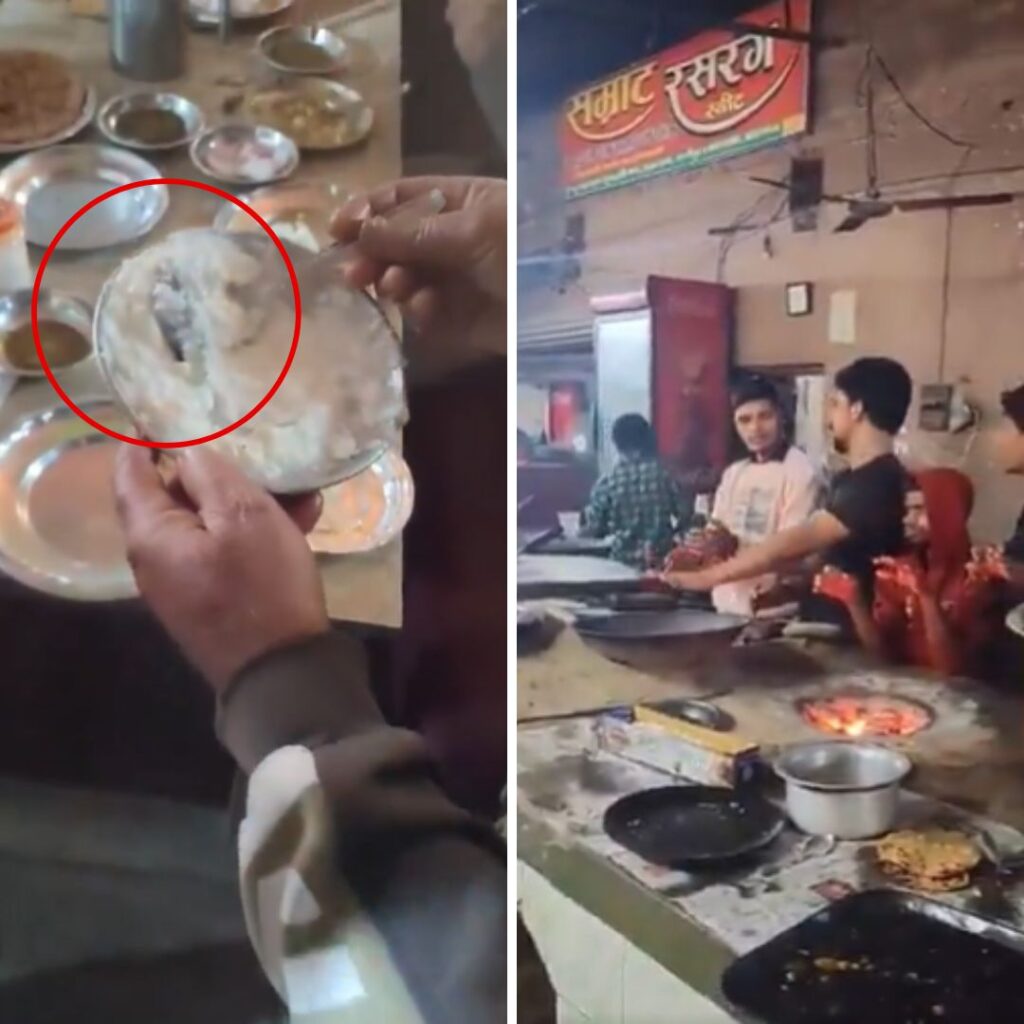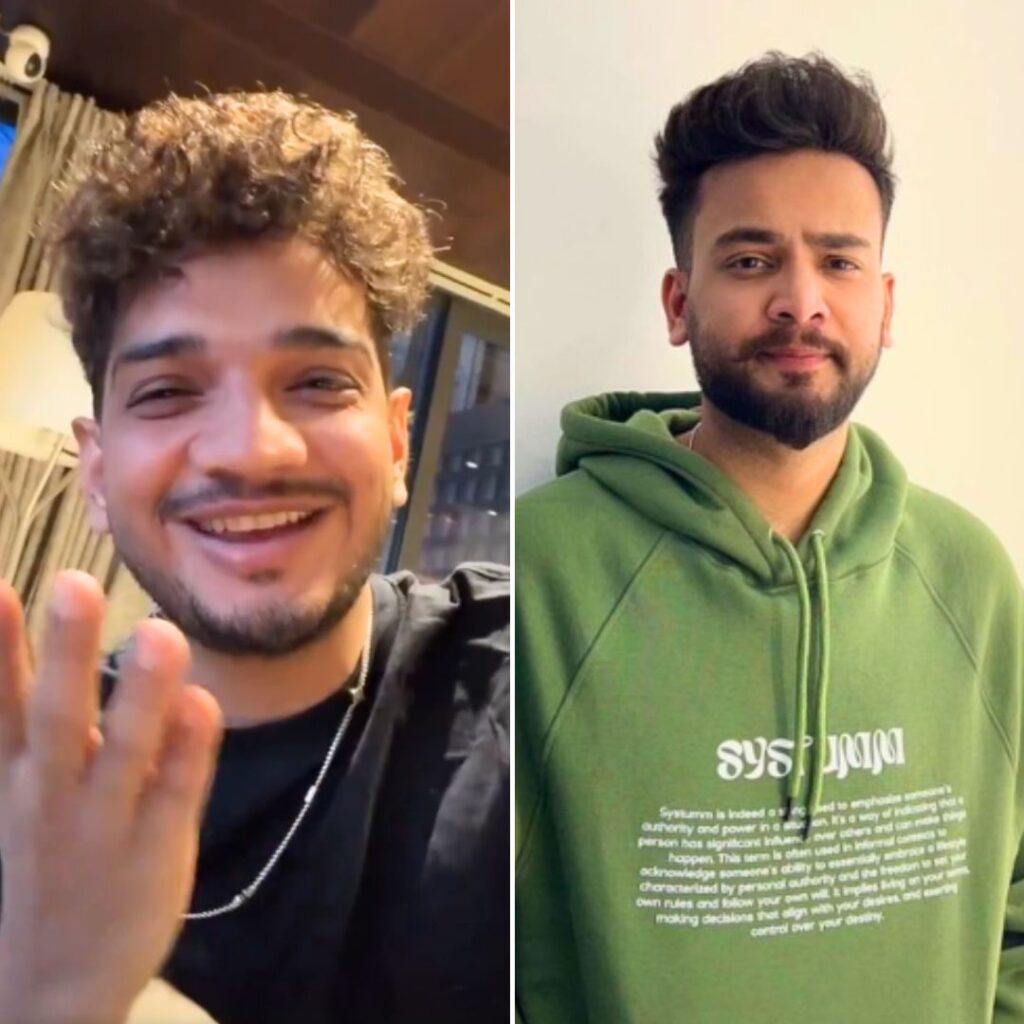A 15-year-old boy from Haryana, Junaid Khan, was brutally lynched by a mob on his way back home in a Mathura-bound train on June 22. His murderers, before stabbing him to death, mocked him, tugged at his beard and accused him of eating beef.
On the same day, a man from northern India also lost his life to mob lynching. DSP Mohammed Ayub Pandith of the Jammu and Kashmir Police was stoned by a mob that was threatened by the officer clicking pictures of youngsters emerging out of Jamia Masjid after their night-long prayers.
A week later, in the span of mere 24 hours, four men were lynched to death in Bihar and Jharkhand. While one of the men was killed on suspicions of carrying the “banned cow meat”, the other three were murdered on varied accusations, all alleged.
Every day, we get reports of someone losing their life to such hate crimes. We read the news, are utterly disheartened, then ponder – how did we get here?
Outraged by the intolerance, we left no medium untapped to voice what we felt – starting with the Twitter hashtag #Lynchistan to the Not In My Name nationwide protest – we tried everything.
But in all of this, we wondered – where are the laws to back our protests?
The recent rise in mob lynchings and the furore that followed, led to the starting of an important discourse – India does not have a law against mob lynchings, even though, lynching is murder.
It is strange that a country plagued with mobs taking the law into their own hands does not have a law against the crime. The Indian Penal Code (IPC) has no mention of the word ‘lynching’, and any such case is covered under Section 302 (murder), 307 (attempt to murder), 323 (causing voluntary hurt) 147 (rioting), 148 (rioting armed with deadly weapons) and 149 (unlawful assembly).
Furthermore, Section 223 (a) of the Code of Criminal Procedure (CrPC), 1973, says, “persons accused of the same offence committed in the course same transaction can be tried together.” But, this still doesn’t clarify how the perpetrators will be tried and the retribution thereof.
On June 27, a dairy farmer was beaten and his house burnt down in a Jharkhand village. A mob of nearly 1,000 people, united in hate, attacked him on suspicions that he killed a cow.
In cases like these, when there exists no codified law, delivering justice is almost impossible.
India was established as a State composed of institutions of administration for effective governance – implying that the top priority of our chosen representatives is the safety of its citizens. But as the government has failed to secure its people, the people themselves have begun to campaign for a new law – Manav Suraksha Kanoon (Masuka).
It is a sign of times, in India, that lynchings be severely punished; and when citizens come together for a positive change, it inspirits us somehow. However, a deeper reflection into the title of the proposed legislation ‘Manav Suraksha Kanoon’, would make anyone cringe.
The law, which literally translates to ‘Protection of human beings’, is not to safeguard humans from natural disasters, a viral disease, or war, but from humans themselves.
The main objectives of Masuka are:
To first define the act of lynching To legally define an angry mob Make lynching and mob violence non-bailable offences Compensation and rehabilitation of victims Time bound judicial enquiry Holding local police and administration liable for violations of law and order Speedy trials
Supreme Court lawyer Sanjay Hegde, who is a member of the drafting committee, told News18 that “video graphic evidence of survivors statements would also act as an evidence under this proposal.”
Any government should be enraged and more importantly, humiliated when its citizens demand such a legislation. It sends a clear message – ‘We don’t feel safe and cannot rely on you for our safety.’
Mob violence in India is at such a level that it can knock on anyone’s door. People are killed due to rumours spread on Whatsapp and suspicious spread on word of mouth.
Prime Minister Narendra Modi recently spoke against the violence, terming them ‘unacceptable’ in the land of Gandhi, but words hold power only when backed with actions.
In 1800s America, most commonly in the southern states, lynchings were used a form of punishment for presumed criminal offences by self-appointed ‘mobs of justice’. Extreme racism and discrimination against blacks were the cause of the brutal violence in the 19th century.
From the 1890s onwards, most of the people lynched were blacks, including at least 159 women. Such political terrorism was meant to enforce white supremacy.
In 1918, the Dyer Anti-Lynching Bill was first introduced in US Congress, however, its passage was blocked by Democratic senators. The bill reappeared in 1922 and was passed in the House, but the Southern Senators defeated it twice in the next two sessions. The Roosevelt administration too tried to prosecute lynchers, and in 1946, the first success…











